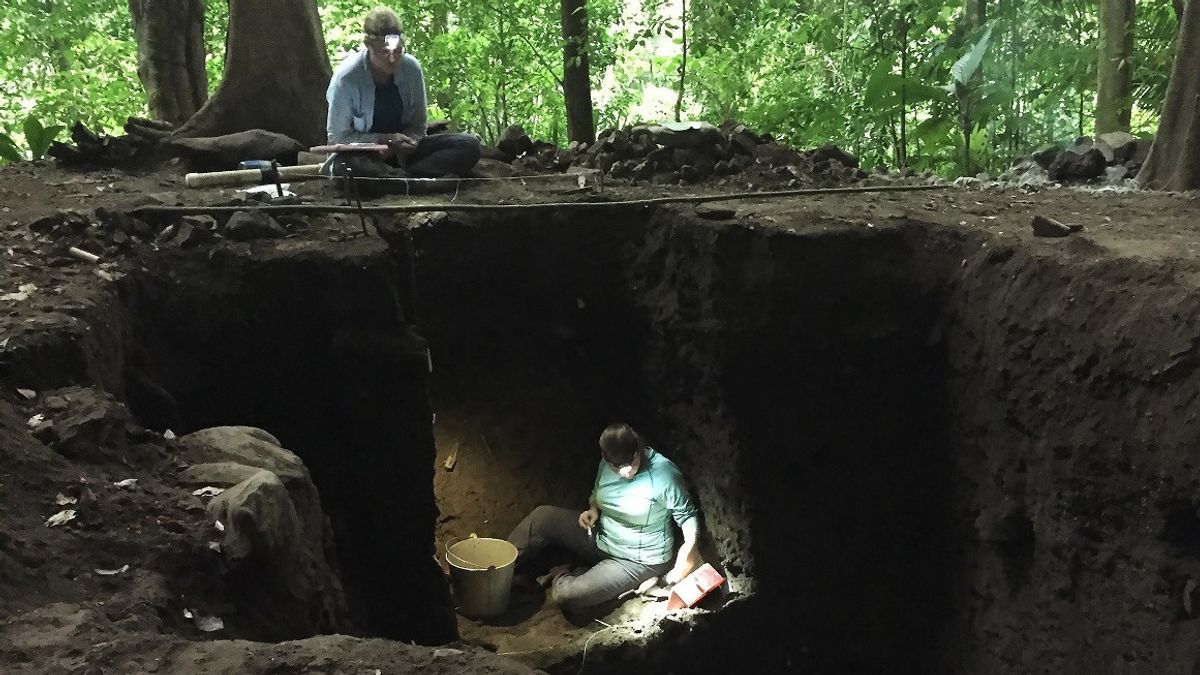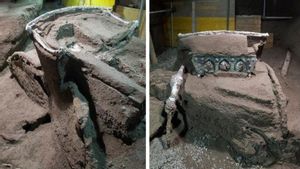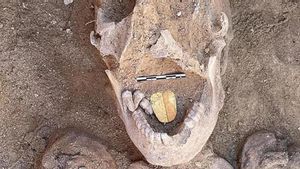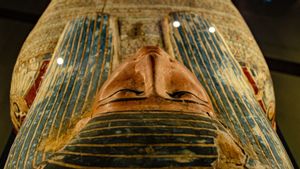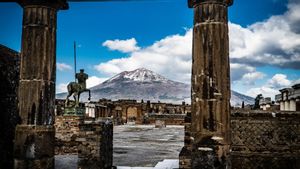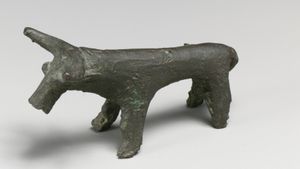JAKARTA - Research at the excavation site at two Ancient Maya sites in Belize provides new insights for researchers regarding the wealth gap in ancient virtual cities.
Archaeologists on Wednesday, March 24 said they studied the remains of 180 houses in the city of Uxbenká and 93 houses in the nearby smaller town, Ix Kuku'il, both of which flourished during the so-called Classical Maya period from about 250 to 900 AD.
During this time, the Maya produced towering pyramids, stunning sculptures, and paintings, used hieroglyphic writing, and were proficient in calendaring and mathematics.
The researchers measured wealth inequality based on the mix of large and small houses, along with their size and structural properties.
"Wealth inequality is scattered across the landscape, with larger houses surrounded by smaller houses in neighborhoods away from the city's monumental core," said archaeologist Amy Thompson and lead author of the study published in the journal PLOS ONE.
The findings, say the researchers, help explain the phenomenon of wealth inequality in human societies from ancient times to the present, with the ancient Maya not having a monopoly on these differences.
Researchers are trying to understand how inequality formed, manifested itself in ancient and preserved cities, said University of New Mexico anthropology professor and study co-author Keith Prufer, director of the Uxbenká Archaeological Project.
"Wealth inequality is characteristic of all ancient civilizations, and originates from the development of food production, agricultural surpluses, which allow certain individuals to control a disproportionate share of resources and force, through persuasion or coercion, others to provide labor and goods to increase wealth inequality," said Prufer.
In general, the more tyrannical the system, the more wealth inequality will be, adds Prufer.
"With tyrannical governments, local leaders do not depend on their local population for support. Therefore, there is less concern for the well-being of these people or the efficiency of their production," said study co-author Gary Feinman, MacArthur's curator of anthropology at the Field Museum.
The researchers compared their findings with other studies of homes in contemporary ancient cities in Mesoamerica, a region from central Mexico to Central America.
Classical Maya locales, known for their autocratic leadership dominated by powerful kings, appear to have greater wealth inequality than other Mesoamerican language and cultural groups. For example, in Mexico's Oaxaca Valley, where there are more forms of collective government, there are slight differences in households.
"Even the largest Classical Mesoamerican city, Teotihuacan in central Mexico, had a lower level of inequality measured by domestic space than the Classical Maya site," Feinman said.
In comparison, Uxbenká's population is 3,000 to 5,000 people. While Ix Kuku'il is around 1,800, it is smaller than the largest Mayan city like Tikal in Guatemala with tens of thousands of people. The population of Teotihuacan may be as high as 200,000 people.
BACA JUGA:
Uxbenká and Ix Kuku'il, some 40 km from the Caribbean coast, has monumental architecture, including a temple about 30 feet (10 meters) high.
The houses used to have structures of perishable timber, now lost over time, on foundations of stone, earth, and plaster.
The foundations of the small houses often measure about 13 by 20 feet (4 by 6 meters) and the large ones reach about 40 by 66 feet (12 by 20 meters).
The larger ones have more elaborate architecture and imported and luxurious items including jade, seashells, personal jewelry to volcanic glass called obsidian, which is used for knives and other purposes.
Classical Maya society featured social groups including royal leaders, aristocrats, merchants, and craftsmen, as well as large numbers of peasants and laborers.
"We assume that the full spectrum of social groups is present in Uxbenká and Ix Kuku'il and has evidence of royal and aristocratic families living in larger homes in the district center, as well as farmers living in smaller homes," Thompson said.
The English, Chinese, Japanese, Arabic, and French versions are automatically generated by the AI. So there may still be inaccuracies in translating, please always see Indonesian as our main language. (system supported by DigitalSiber.id)
